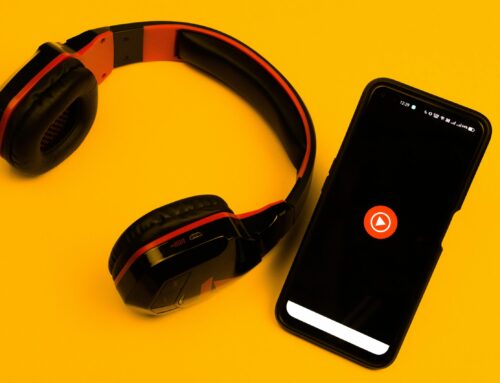You may remember that a little over three years ago we asked you if now you thought ebooks were going to make a difference to you as an author. That is the time when Amazon released its Kindle reader.
I know what your answer is now. But back then, we had spent the previous decade waiting for ebooks to come of age, to no avail. There were multiple formats and substandard readers that few people wanted. The early Kindle could have seemed to some as simply the latest untested entrant into an otherwise failing e-reader market.
There were early signs, however, that an e-reader like the Kindle would actually stick. You see, the biggest obstacle ebooks had faced prior to this was the inability for people to download them to their readers without having to hook them up to a computer first.
That all changed in late 2007 when Amazon introduced the Kindle, capable of downloading books wirelessly.
We started publishing books to the Kindle soon after it launched, understanding that all the elements were finally in place. Unlike the long-forgotten attempts of Adobe, Microsoft, and Palm before, the Kindle was built by a company that had already cultivated direct access to millions of readers themselves.
Therefore, we started publishing ebooks to the Kindle only. As the abovementioned “tech” providers faded, other companies entered the marketplace mirroring Amazon’s proven formula: wireless downloads by an already existing customer base.
The most notable entrants following Amazon have been Barnes & Noble and Apple. Barnes & Noble had already been selling books to millions of people, so it was a logical step for them to start selling ebooks on their own e-reader. And Apple? The minute they launched their iBooks app, millions of iPhones and iPods—and later iPads—around the world instantly turned into e-readers for Apple ebooks. Apple didn’t even need to build a reader for this purpose. Their customers were already used to buying stuff at the tap of a finger, so why not ebooks as well?
How can ebooks affect your book sales in 2012?
USA Today recently reported that 32 of the top 50 titles on its most recent list sold more ebooks than print books, including all top ten titles. (A lot of y’all sure got Kindles and iPads this Christmas!)
One of our bestselling authors also reported that his digital-to-print sales ratio had changed from 40:60 to 70:30 in just one year. In other words, a year ago he was selling 40 ebooks for every 60 print copies; today 70 out of 100 sales are electronic. Now, more than ever, your customers prefer to get your book on the electronic reader of their choice.
On which ebook platforms should you publish your book?
The Amazon Kindle is an absolute must, as the vast majority of ebooks (and print books) are sold by Amazon.
Additionally, we’ve identified the top six ebook platforms and formats and have started releasing books to them. After the Kindle, here are the remaining top six:
Apple iBooks: Lets your readers buy your ebook from Apple and read it on their iPads and iPhones through their iBooks app.
Barnes & Noble Nook: The largest physical bookseller is promoting its reader in stores nationwide.
Google eBooks: Though not as popular as the top three above, it doesn’t hurt to hit the ground running with Google as well. Google controls the Android operating system on millions of phones and tablets.
Sony eBooks: The Sony eReader was one of the earliest platforms and it’s still around. My opinion is, why not, since they’re among the top six?
Kobo eBooks: If you don’t want to leave out your international audience, you want to be on Kobo. You may have seen their readers recently as they’ve popped up in retail stores around the country.
How do you get started? If you’ve published a book with us, just visit www.wheatmark.com/ebooks. Or, if you have any questions, give us a call.

